Today is Mothering Sunday here in the UK, a Christian festival that dates back to the Middle Ages, sometime between the 5th and 13th centuries. It was a custom that developed whereby people who had moved away from where they grew up would return home to visit their ‘mother’ church, usually the place where they were baptised, on the fourth Sunday of Lent. As this was a period in history when quite young children would often be sent away to work as live in apprentices or as domestic servants, it was also an opportunity for them to visit their families and especially their mothers, hence after a while this tradition become known as Mothering Sunday which is something quite different from Mother’s Day which is an American invention.
Anna Jarvis
Anna Jarvis was born in West Virginia in 1864 and along with her own mother, she was active within the Methodist Episcopal church. It was always Anna’s mother’s desire to establish a holiday in honour of mothers and so three years after her death, on 12th May 1907 Anna held a memorial service at the Andrews Methodist Episcopal church in Grafton, West Virginia, in honour of not only her own mother but of mothers everywhere. The idea spread and by 1914 President Woodrow Wilson declared it to be an annual national holiday in the United States to be held on the second Sunday of May each year. Unfortunately the confectionery, floristry and card industries caught on to the idea, commercialising the holiday, turning it from a religious celebration of mothers to an opportunity to buy gifts. Anna Jarvis was unhappy with this commercialisation and even campaigned for the day to be removed from the calendar but to no avail.
Constance Penswick Smith
Back here in the UK, the tradition of Mothering Sunday had long disappeared but a Nottinghamshire woman, Constance Penswick Smith, the daughter of a vicar, had read about Anna Jarvis and the creation of a day to celebrate mothers in America in a newspaper article and it sparked an idea. Constance was keen to revive the traditional religious celebration of Mothering Sunday to recognise not only the mother church but also Mary, the mother of Jesus, mother nature and the role of mothers everywhere. She initially approached the Mothers Union, a Christian based organisation established in 1876, led by women to support other women and mothers, and whilst they liked the idea they considered the custom had been dead too long for a revival to be successful. Not to be put off, in 1913 Constance published “In Praise of Mother: A Story of Mothering Sunday” and actively campaigned for a Mothering Sunday movement. She continued to publish articles about the various traditions historically associated with the day and eventually formed The Society for the Observation of Mothering Sunday. And the rest as they say is history.
Of course nowadays it is as much a commercial celebration here in the UK as it is in America and the rest of the world, but for us it still takes place on the fourth Sunday in Lent just three weeks before Easter Sunday. One of the traditions Constance wrote about was the baking of a Simnel cake for Mothering Sunday, traditionally a day on which the 40 day fast of Lent would be relaxed.
The cake would be baked by domestic servant girls to bring home to their mothers on Mothering Sunday, which was often their only day off in the year. According to baker Julie Duff in her book ‘Cakes: Regional and Traditional’ the earliest recorded version of a Simnel cake was a yeasted fruit bun called a Shrewsbury Simnel illustrated in a 15th century dictionary, although there are some suggestions it could date back as early as 1280. It is a light fruit cake, topped with marzipan that used to be boiled and then baked. There is an engaging story as to why this might be. Apparently a married couple called Simon and Nelly could not agree on how their cake should be cooked. He thought it should be boiled but she felt it would be better baked. A violent domestic dispute ensued with the couple beating each other with various kitchen utensils until eventually they agreed the cake would be both boiled and then baked. And in the interests of marital harmony they named their cake with a combination of the first three letters of their two names Sim and Nel. The story is highly unlikely but more fun than the other suggested origin of the name which comes from the Latin word similia meaning ‘fine white flour’. Whatever the origins it is a delicious almond flavoured light fruit cake, with a layer of marzipan running through the centre. Once baked, it is topped with another layer of marzipan and then decorated with eleven marzipan balls which are said to represent the apostles, minus Judas. I had a mind to bake a Simnel cake this year, but I didn’t have marzipan in the house and couldn’t justify a twelve mile round trip to buy some so maybe I will bake it for Easter instead. Not for my mother who has never liked marzipan but there is a man at home who is partial to a slice of fruit cake who never got his Christmas cake this year!
This year I am grateful that I still have my Mum, although it has felt touch and go at times over the past few weeks, but she is still sitting up and smiling when we visit and mostly seems to be in good spirits. Mum was born in 1934 in in Hackney, East London in the same hospital where she would give birth to me twenty three years later. She was baptised Veronica Josephine, although called Ronnie for most of her life, and was the middle daughter of three girls born in three consecutive years. Her younger brother was born eight years later in 1942, and although there was another brother born earlier just before the start of WWII he only lived for one day.
My Mum, about seven month old
At the start of the war Mum, along with her older sister Jean, was evacuated from London. Two little girls aged just five and six sent away to goodness knows where. I can’t even begin to imagine the anguish of my grandmother deciding it would be safer to send her small daughters away on their own rather than keep them with her at home in London. I have an undated letter that my grandmother received from the couple who looked after them, in Sutton Bridge Lincolnshire.
“Just a few lines to let you know your two children are in my care. Veronica and Jean. They are both well and happy, they arrived last night. They are quite enjoying it, we have been out in the car this morning shopping, so you guess they enjoyed it. It is a large farmhouse and we run a private car so they will get out quite a lot. I have no children of my own so I can spend all my time looking after them, so you can rest and not worry because they are well looked after. Trusting to hear from you both.”
Having come from dire poverty my Mum recalls being very happy when she was evacuated never having known such luxury before, but it was short-lived. Her sister was very homesick and could not settle and eventually both girls returned back to London and the Blitz. The family survived and at the end of the war Mum secured a place at the local convent grammar school. She was one of the first cohort to take the General Certificate of Education and was immensely proud of her two ‘O levels’ in English Literature and Geography. She retained a lifelong interest in both reading and pouring over maps until recently when her failing eyesight put a stop to both.
At school and beyond she was a keen participant in swimming, athletics and netball. Her best friend from school Joan, was also on the netball team and they remain friends to this day.
Mum and Joan loved to go dancing and one of their favourite venues was the Tottenham Royal, a former skating rink that was converted to a dance hall in 1925 and originally known as the Tottenham Palais, a popular Jazz venue. By the 1950s it had become the Royal and was host to many of the well-known big Dance bands of the era. It was here that Mum met a young Teddy Boy called Alan and in 1956 they were married.
I was born the following year and my brother three years after that. Mum and Dad stayed in London until I was about five and my earliest memory is living in a downstairs flat with just one bedroom which we all shared, no bathroom just a kitchen sink with cold water and an outside toilet. Eventually my Dad found work in Bury St Edmunds that came with the offer of a council house, sheer luxury with a bedroom each, a bathroom and even a garden. Although life wasn’t always easy and Mum would work to supplement the household income by doing piece work at home or fruit picking on the Suffolk farms, some of my happiest childhood memories come from this time. Whilst living in Bury, I recall Mum going to local evening classes at a time when they were heavily subsidised, and she took woodworking classes and eventually learned oil painting. I remember her first painting was a black and white study of apples so two years ago when I first started to use oil paints I painted her a little study of an apple as her Mother’s Day gift. The significance wasn’t lost on her.
There followed a brief period when we moved to Ipswich, but Mum was never really happy being away from London and when I was ten we returned to North London, to yet another flat above a greengrocers with only one bedroom, no bathroom and a shared toilet. Eventually we moved out to South Hertfordshire to a modest three bedroom house where Mum and Dad settled for the next forty five years. When I look back now I realise it couldn’t have been easy mothering two small children in often very impoverished circumstances with no hot water, no washing machine and very little spare cash, but I never felt there was anything lacking, and it was a happy childhood. There were never holidays beyond a week or two in a tent, Mum knitted our sweaters and sewed my dresses, books came from the library, and we didn’t have masses of toys, but life was good, and I am grateful because I think it shaped me into who I am today, which is someone who knows how to make the best of things and enjoy life’s small pleasures.
Mum was always fiercely independent, and after we left home she studied City & Guilds floristry and carved out a new career as a very successful florist and subsequently a teacher of floristry. It allowed her to travel to Hong Kong and Australia and culminated in her receiving an RHS Chelsea Gold medal for her floral arrangement on behalf of her local floral society. On retirement she took up painting again displaying an obvious talent – you can check out my previous post to see some of her work.
Even after my Dad died in 2012, Mum continued to live a full and independent life enjoying her floristry and painting but looking back it was probably about seven years ago, having been diagnosed with macular degeneration, when she had to give up driving, was when her world started to close in. But despite all the setbacks, last September she celebrated her 90th birthday with her family and friends and today we’ve had a cup of tea with her and I’m thankful to still have her in my life. Whether you are a Mother, a Godmother, a Stepmother, if you have a Mum, or even if your Mum is no longer with you… wishing you a Happy Mother’s Day.


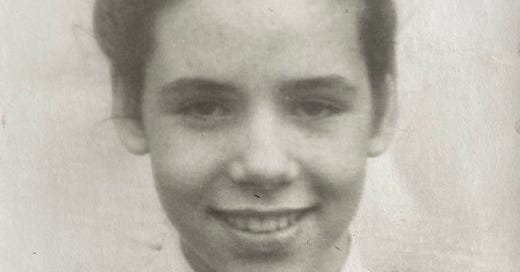


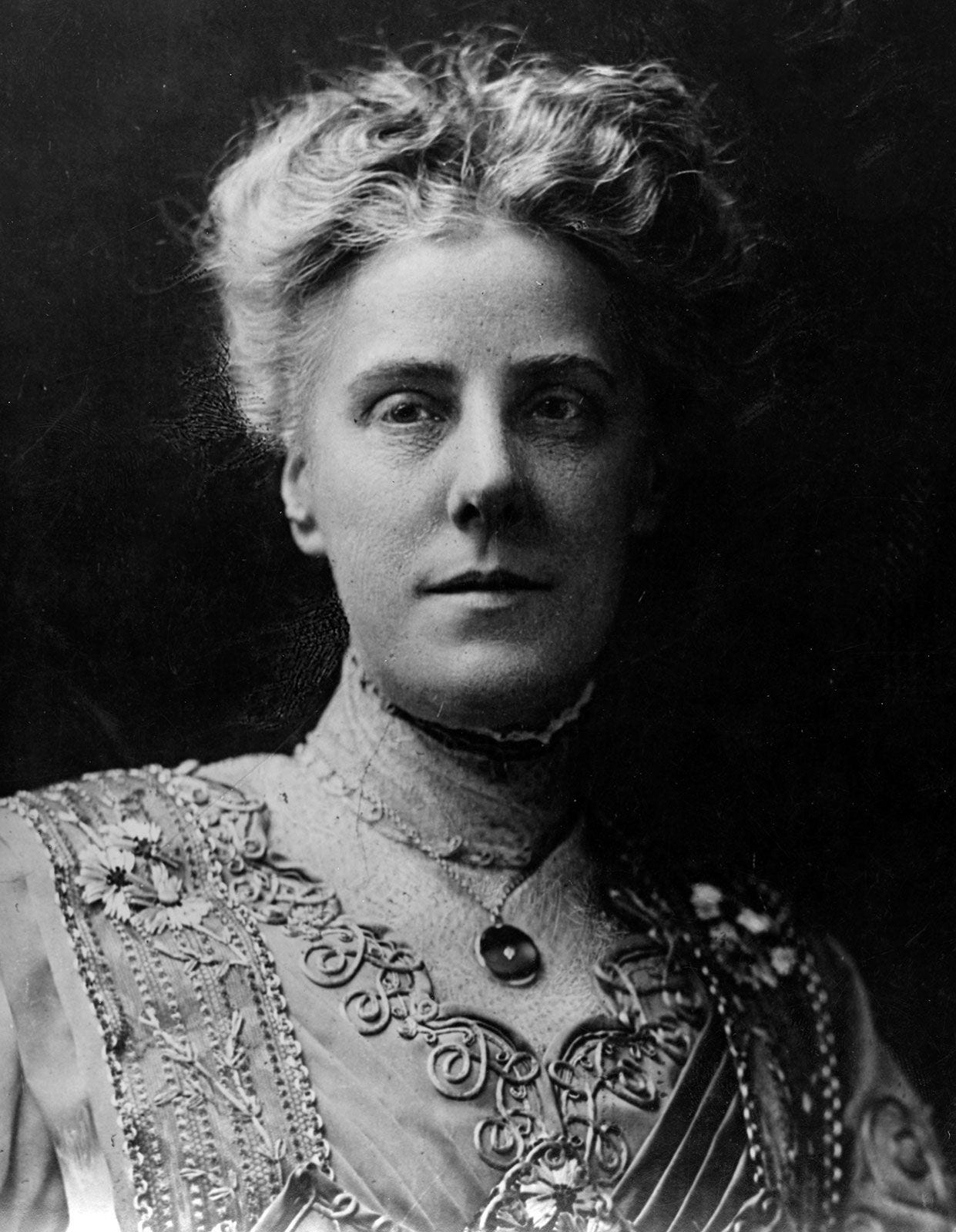

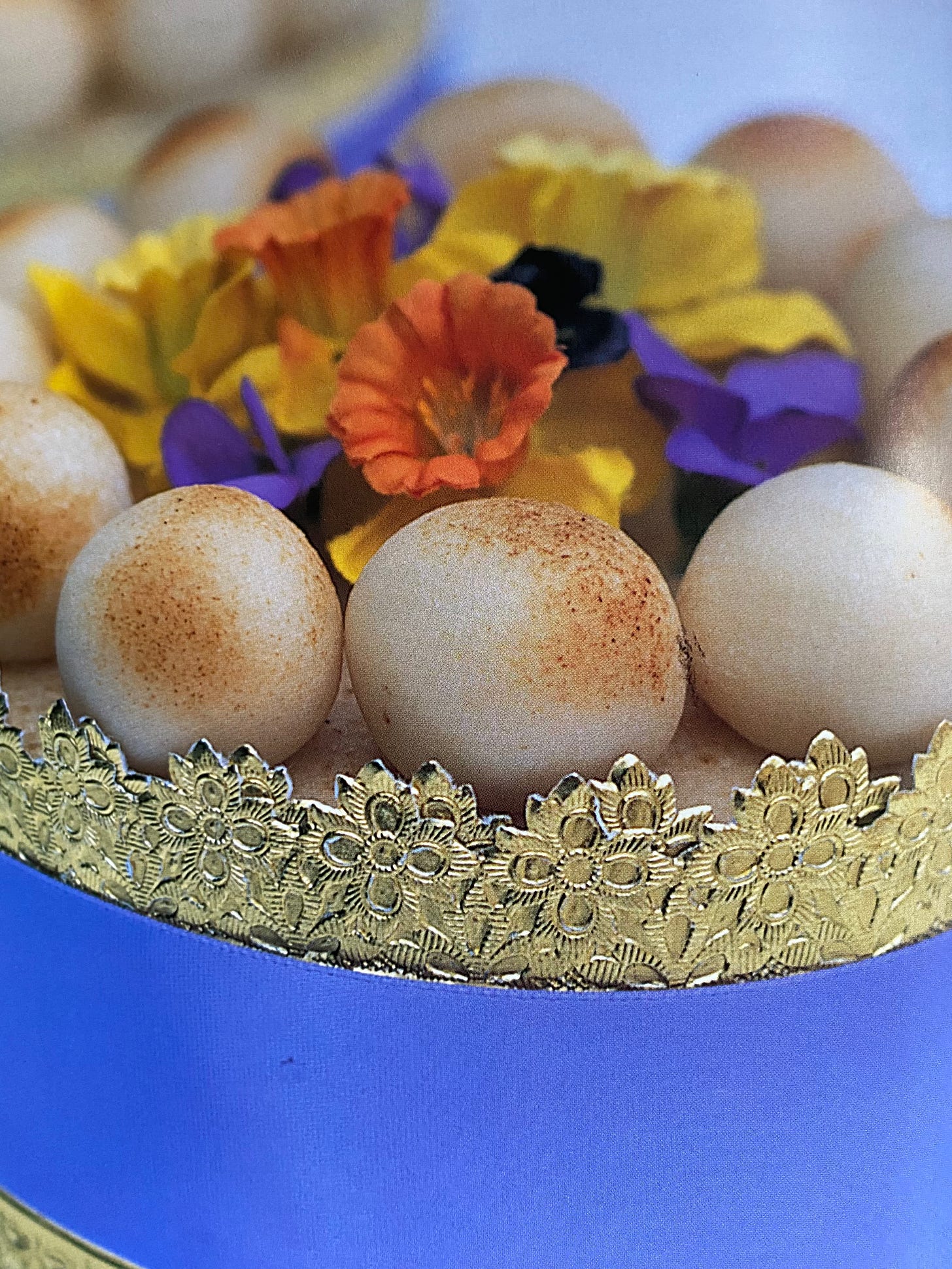
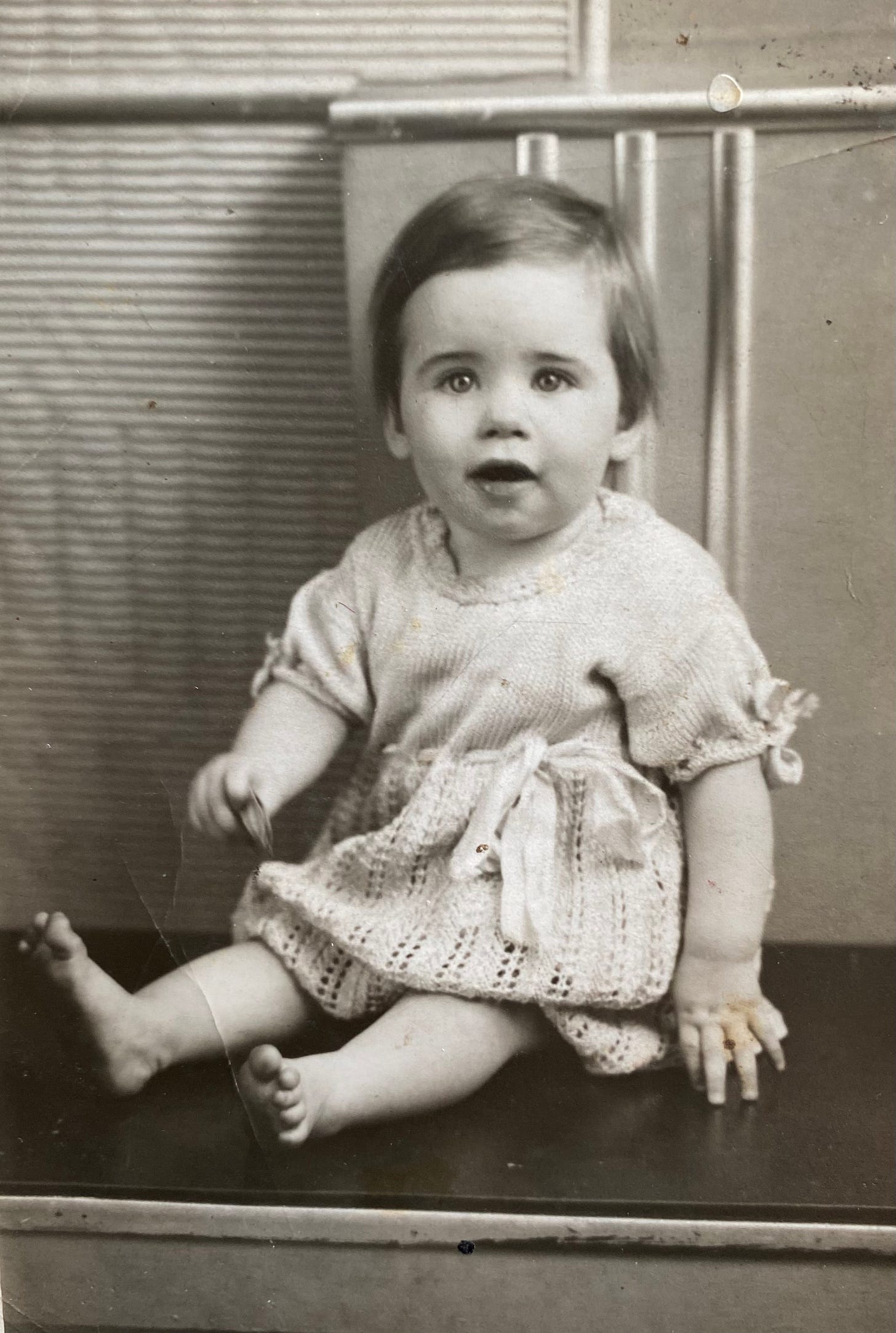
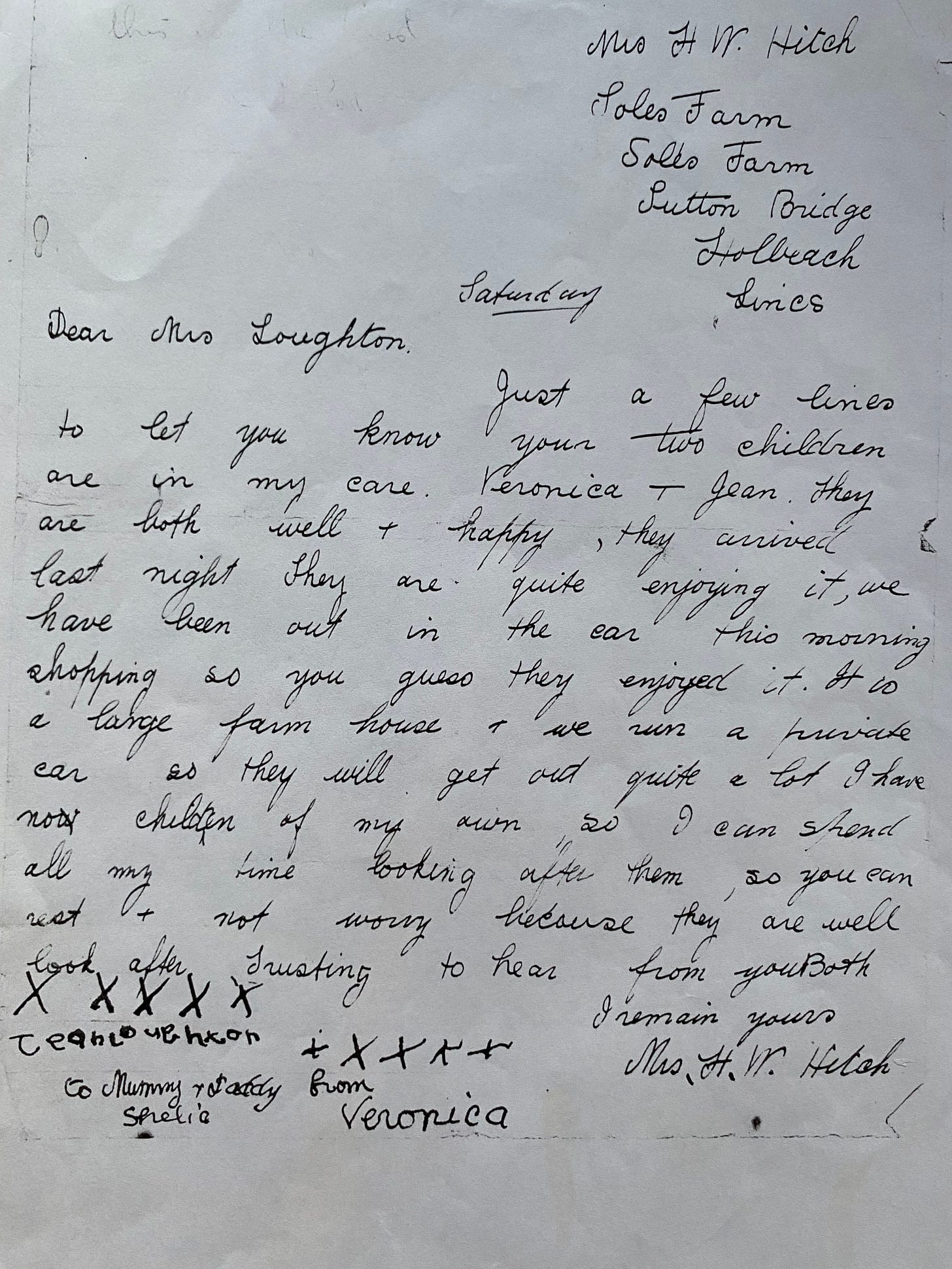


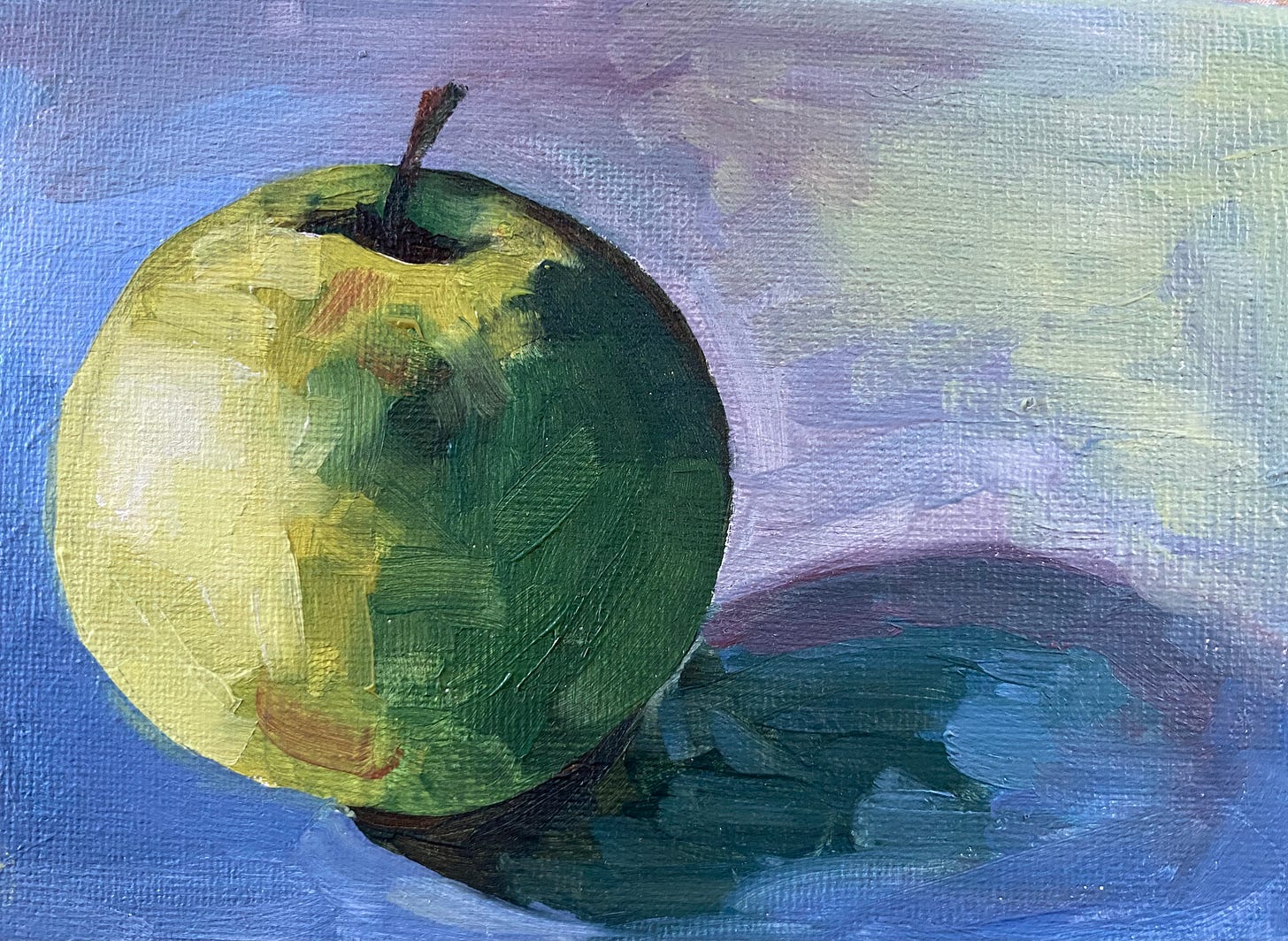
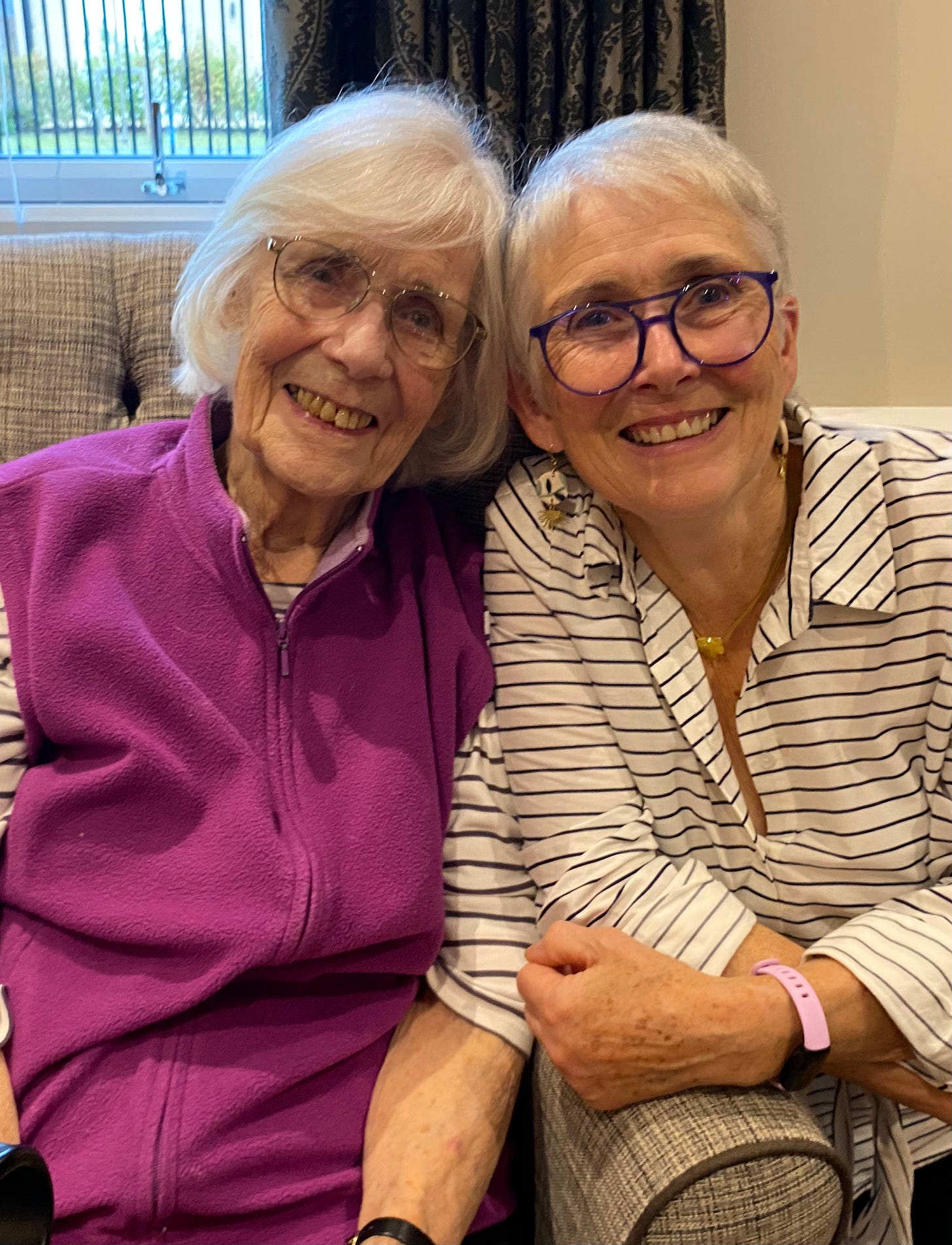
What a delightful post, Thankyou for taking your time to share a reminder of how today came about. Like you I’m not a fan of the commercialisation of it all and feel like if I’m to celebrate such a day, I’ll do it when I want to not when the world tells me to do! Having said that I was delighted to receive an email from my travelling son this morning of a picture he had painted for me with a loving poem attached… a little reminder in his own way of what I mean to him 💙
So your tribute to your mum was equally as lovely as you too reflect. Happy Mothering Sunday 🥰
What an interesting life your mum has led. It’s so hard to imagine, as you say, the anguish of sending 2 little girls to live with strangers, though the letter your grandmother received must have been a huge reassurance. Sutton Bridge is not far from here and even now is very rural. x